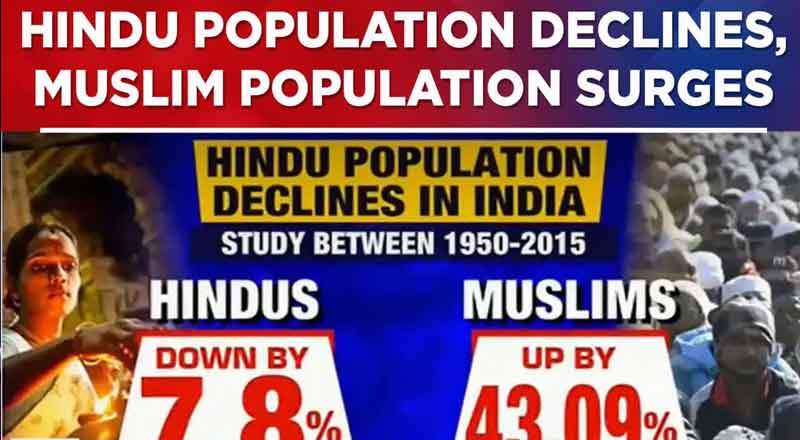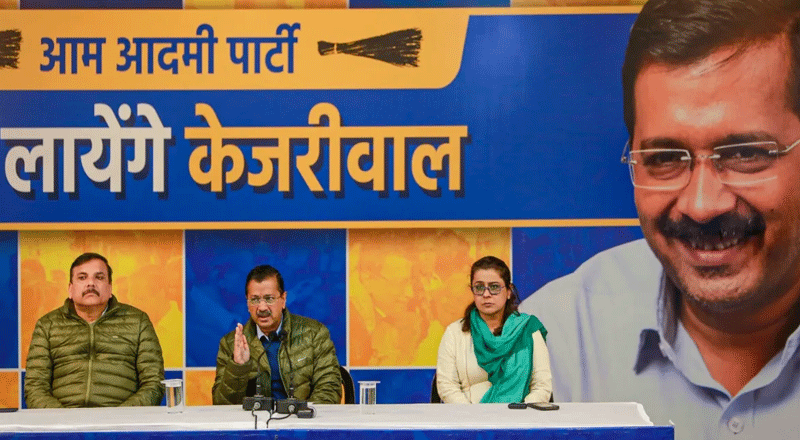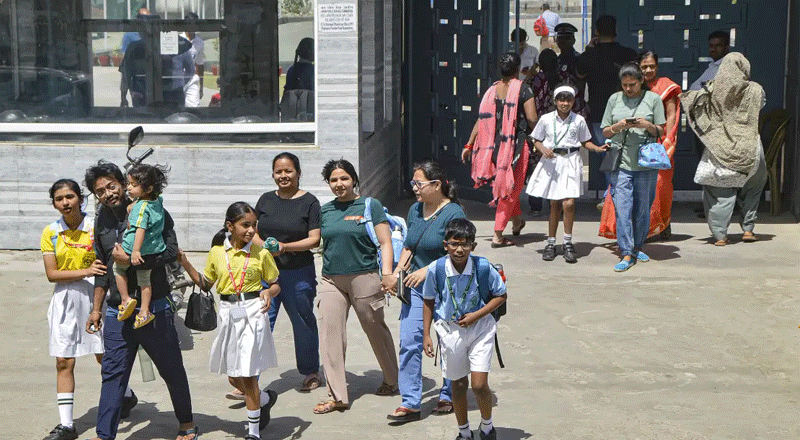A report by the Pew Research Center on global religious demographics forecasts significant changes by 2050. Here are some key insights from the study:
- Global Population Growth: The world population currently stands at approximately 8.2 billion, growing annually at around 0.87%, though this rate has seen a decline over recent years. About 71 million people are added globally each year.
- Hindu and Muslim Populations:
- Current Figures: Hindus number around 1.2 billion (15% of the global population), while Muslims are approximately 1.9 billion, making up nearly 24%.
- Future Growth: The Hindu population is expected to grow by 34% by 2050, reaching a projected 1.4 billion globally, thereby securing the third position among world religions. The Muslim population is expected to increase significantly, with rapid growth especially in India. By 2050, India is projected to overtake Indonesia as the country with the largest Muslim population, reaching an estimated 310 million Muslims, about 18% of India’s total population.
- India’s Demographic Shift: While India’s Hindu majority will persist, the Muslim population’s growth will make India the leading country in terms of Muslim population by 2050.
- Challenges for Hindu Populations in Neighboring Countries:
- Pakistan: Despite slight growth from 3.5 million in 2017 to 3.8 million in 2023, Hindus now represent only 1.61% of Pakistan’s population, down from 1.73%. This downward trend suggests that the Hindu population in Pakistan may continue to decline.
- Bangladesh: Although Hinduism is the second-largest religion here, socio-political pressures have contributed to a steady decrease in the Hindu population, now around 7.95% (approximately 13 million people). By 2050, this figure is projected to decline further.
- Afghanistan: The Hindu population continues to diminish significantly due to emigration and other pressures, potentially leading to near extinction in coming years.





